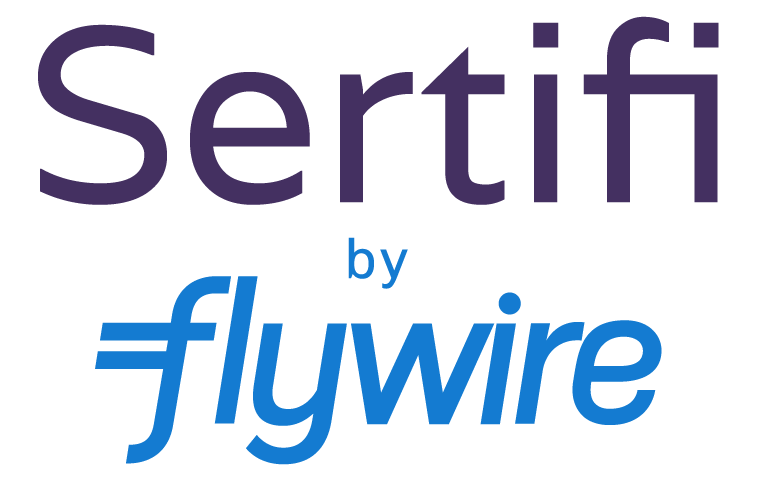Hotel Payment Processing Series: Common Processing Fees to Expect
In the first post of our hotel payment processing series, we covered the basics of the processing workflow and who’s involved in transactions besides you and your guests:
-
- The issuing bank, who issues credit and physical cards to your guest.
- The card network, such as Visa or Amex, who connects the issuers and payment processors.
- The payment processor/acquirer, who connects merchants (you) to the card networks.
- The payment gateway, on-property technology, including PIN pads, needed to connect your property with a payment processor.
Fees apply at different steps of the transaction. Read on to understand what the fees are for and how to minimize them.
Passthrough Fees
These fees are set by your payment processor. Unless you’re a major merchant brand (think Amazon or Wal-Mart), these fees are generally considered non-negotiable. However, in upcoming series posts, we’ll share strategies to minimize them.
Assessments
Assessments, sometimes known as the “swipe fee,” are charged and collected by the card networks: Visa, MasterCard, Discover, and American Express. They’re charged per transaction and are levied by the card brands to cover their operational costs, including currency conversion services for cross-border transactions. Generally, you’ll see a .13% or 13 basis point markup (basis points are used when tiny percentages define fees, charges, and rates like credit card processing fees).
Interchange Fees
Interchange fees are deducted from the transaction whenever your guest uses a credit or debit card to purchase from your property. The fee is paid to the guest’s card issuer to cover the various costs associated with supporting cardholder accounts. That includes the cost of issuing credit, billing cardholders, maintaining processing infrastructure, funding rewards programs, and mitigating risks like fraud and chargebacks. Fees are set by the card networks and grouped by interchange categories, which vary depending on the type of merchant (utilities, retailers, hotels, etc.) and the type of transaction being made (in person, online, key-entered, etc.).
Downgrades
There are very specific rules governing qualification for a certain interchange rate. Adhering to those rules allows you to manage and lower the interchange fees you pay per transaction – and on the flip, not adhering to them can cost you unnecessary fees. According to Elavon, downgrades can cost a merchant .5% per transaction or more. On average, qualified card-not-present (CNP) transactions cost around 2.9%, that downgrades to 3.5% or more, nearly a 20% increase in cost for key entered transactions or other qualification failures. Case in point: a large resort customer paid an extra $56k in downgrades in 2022 just by using an incorrect MCC code.
As a penalty-oriented fee, downgrade fees can be avoided with the right tools and configuration. An important clue in determining whether you’re overpaying is by checking your interchange statements. If you’re seeing rate categories labeled “standard,” don’t be fooled: that’s standard for “downgrade.” “EIRF,” or Electronic Interchange Reimbursement Fee, is another term to look out for.
Working with our hotel clients, we’ve noticed these fees are commonly caused by setting the wrong Merchant Category Code (MCC) with your processor or key-entering event payments transactions into the PMS. Converting to appropriate online payment processing, rather than key-entering, can prevent these downgrades and enhance security.
Negotiated Fees
Merchants maintain more control over the Processor/Acquirer, gateway and other technology solution costs in the payment processing chain.
Processing Fees
Payment processors/acquirers play a very important and necessary role in the payment value chain. Without them, you wouldn’t be able to process credit cards at all. It is also a very competitive field, so paying attention to your rates over time and renegotiating with your processor at renewal time will ensure you maximize the value from your processing partner.
Payment Gateway Fees
These fees are charged by the payment gateway, the technology connecting you to your processor. The gateway typically provides the payment software, PIN pads, and other infrastructure on-property and in the cloud to connect your POS and PMS to the processor/acquirer. Again, the gateway is very important in the process, but it’s important to evaluate agreements regularly to ensure the proper solution mix and pricing. There has been a lot of consolidation in the industry the past several years, and bundling processor and gateway solutions can also help you lower costs.
While most of these fees are unavoidable, the good news is your property has options to allow you to see the lowest overall cost to accepting online payments. The best providers are willing to educate you on your options and work with you to get you the best price, but you’re also in control. It’s important to stay educated on the ins and outs of online payments and the ever-evolving landscape so you know which questions to ask.
RECOMMENDED WEBINAR
How to Reduce Unnecessary Hotel Payment Costs
Fraud, chargebacks, credit card fees: all of these payments-related costs add up and take away from the bottom line of hoteliers. In this webinar, learn from payment experts on ways to reduce unnecessary payments costs to keep your properties as profitable as possible.

